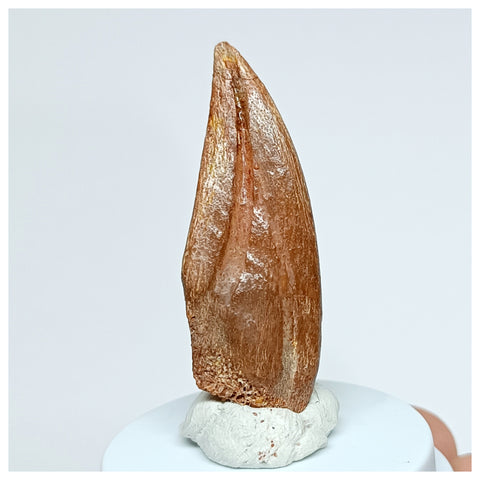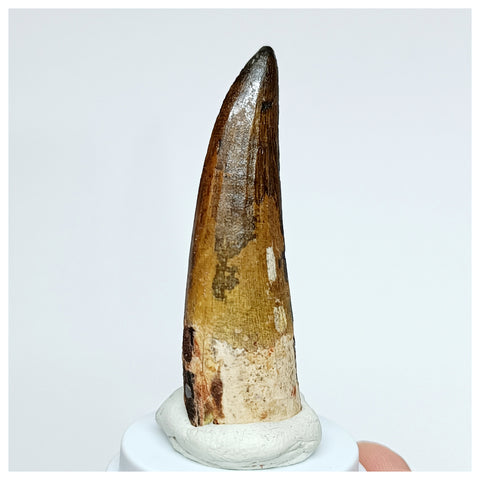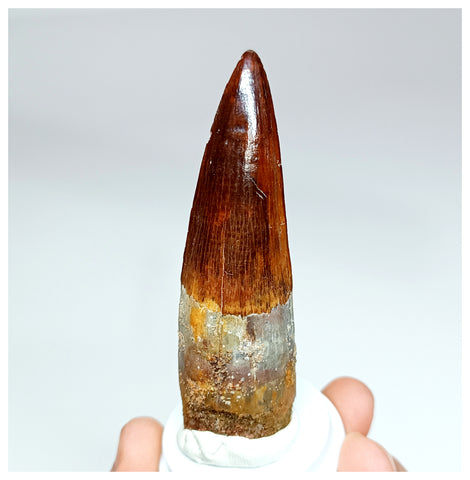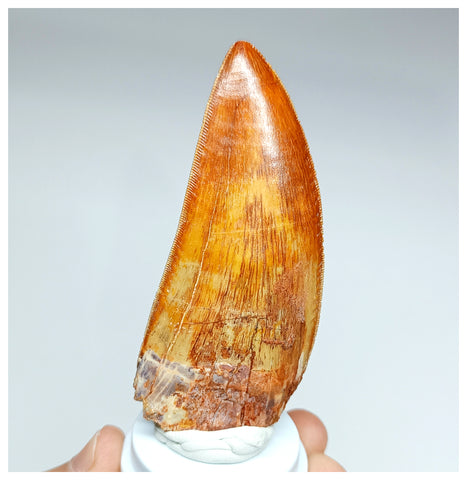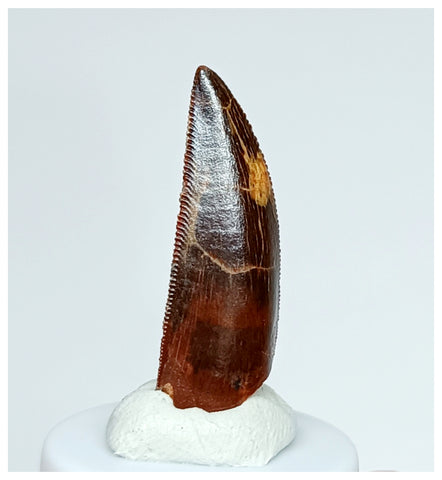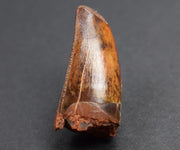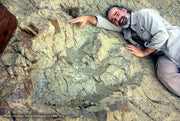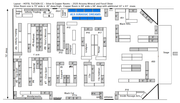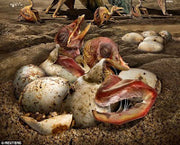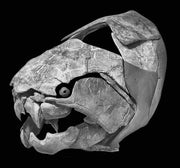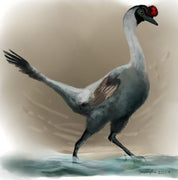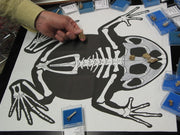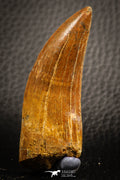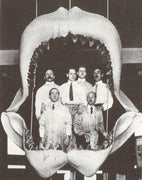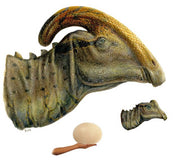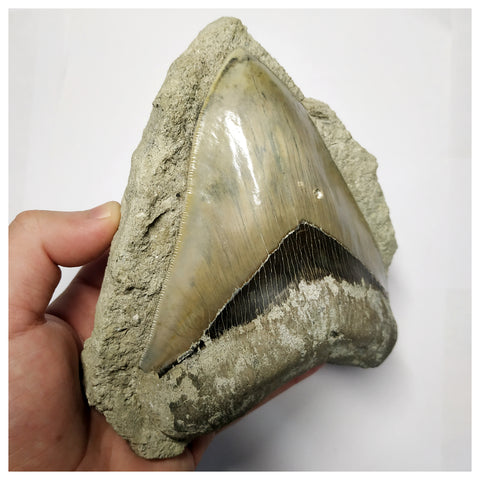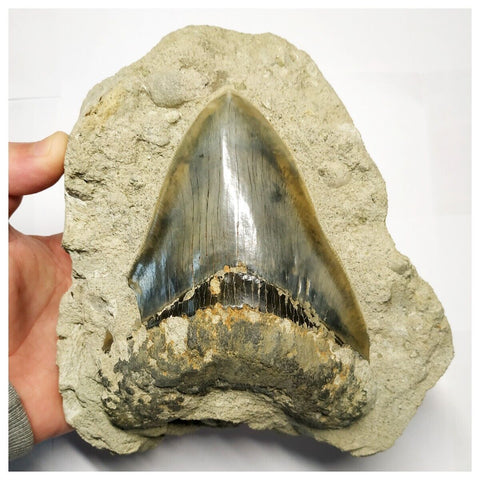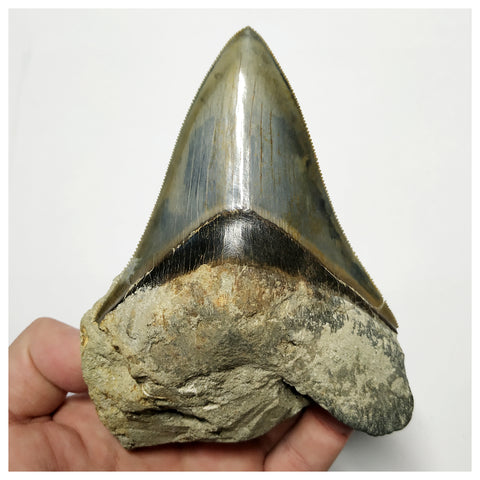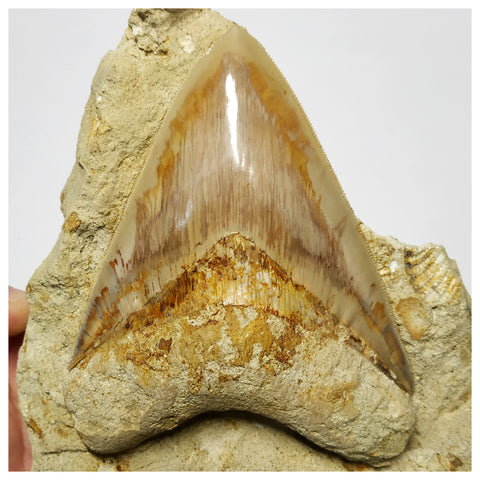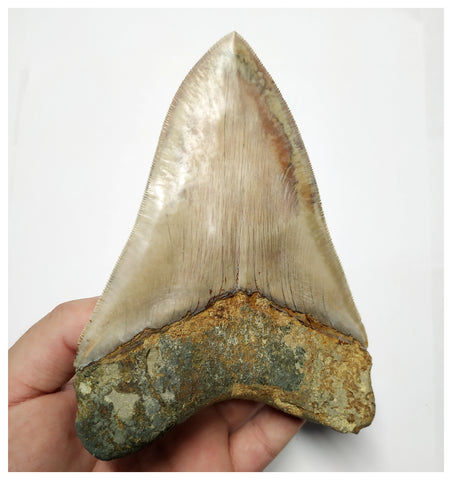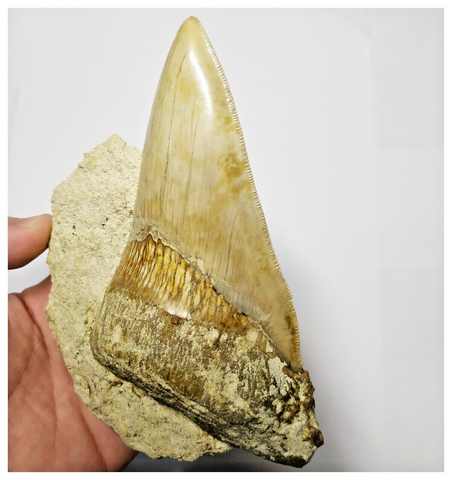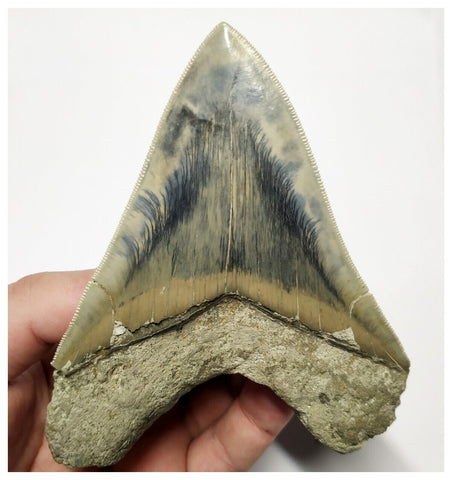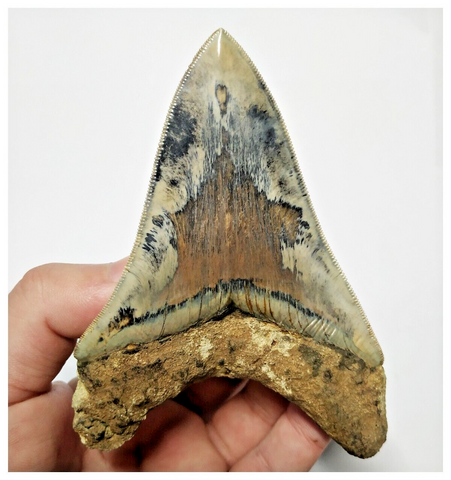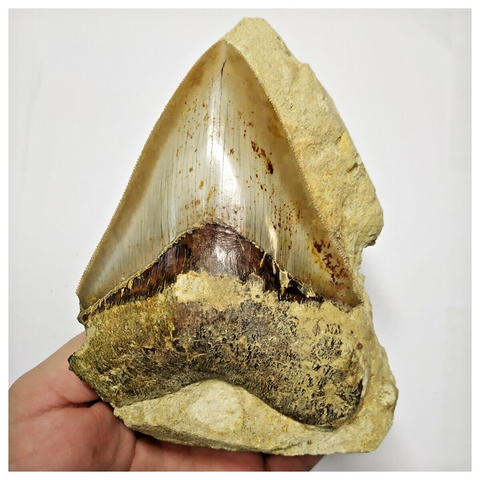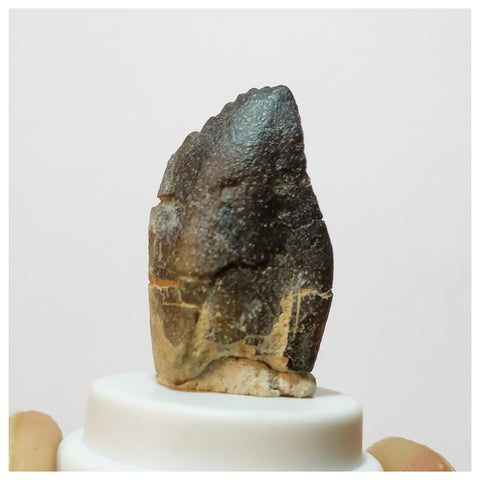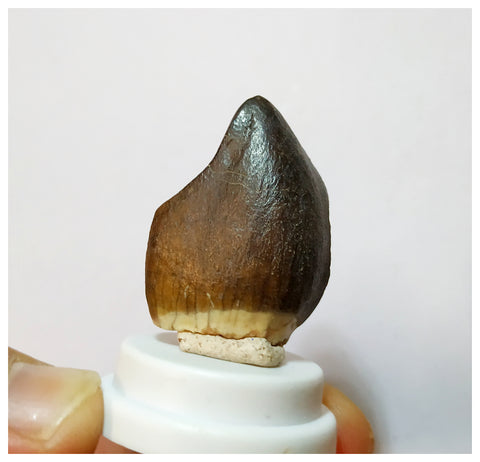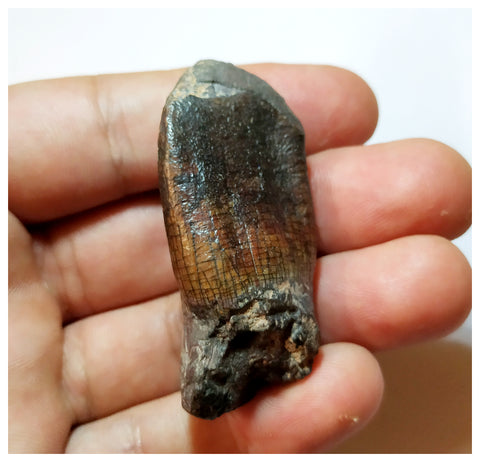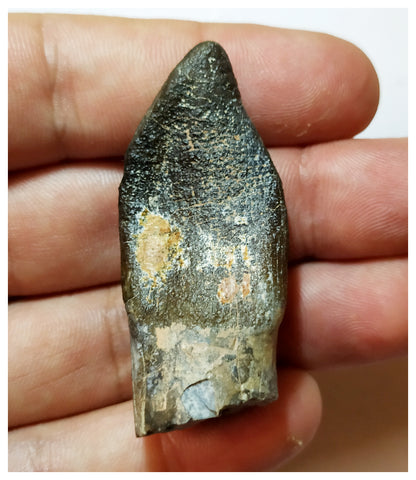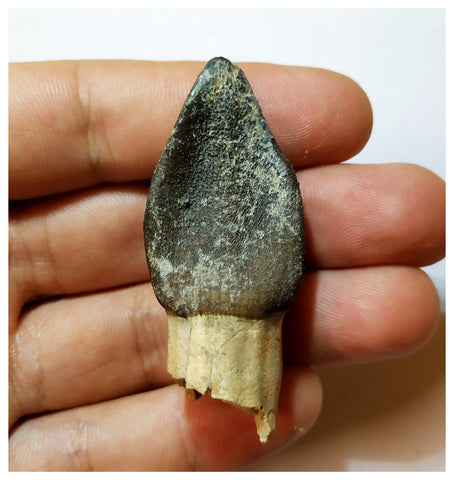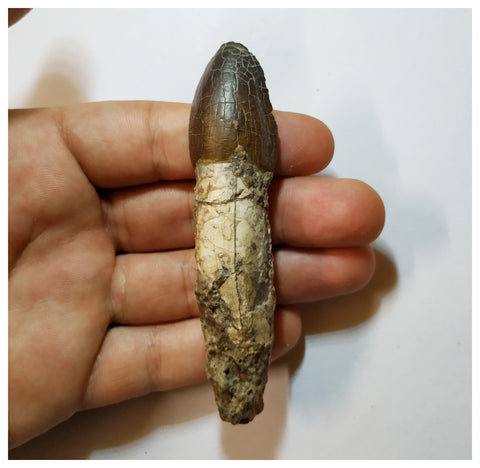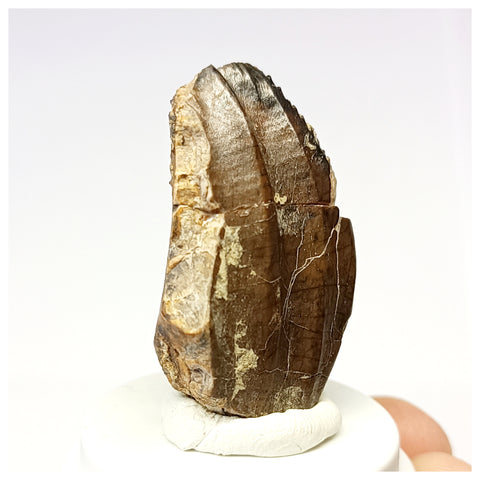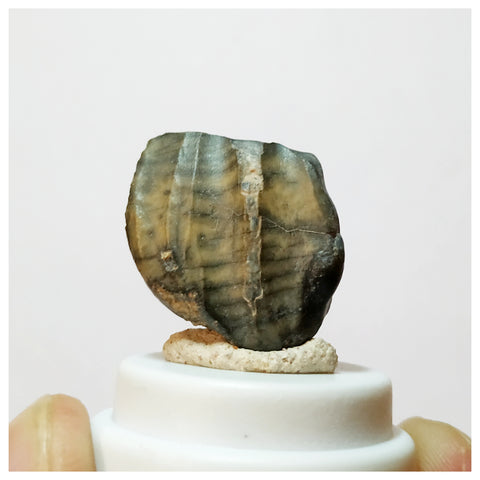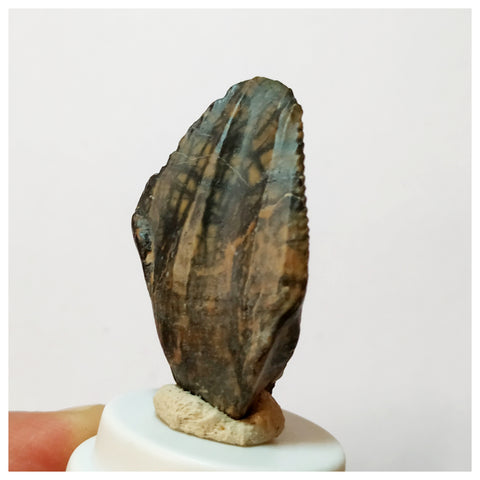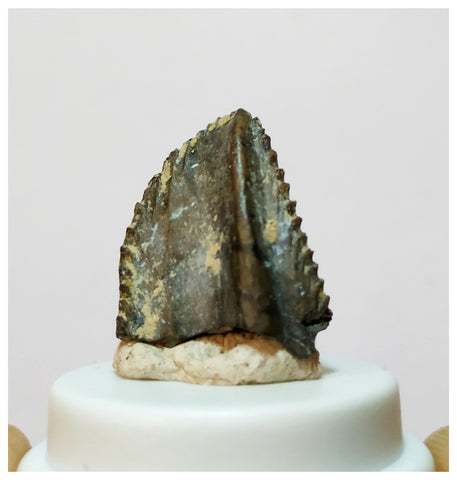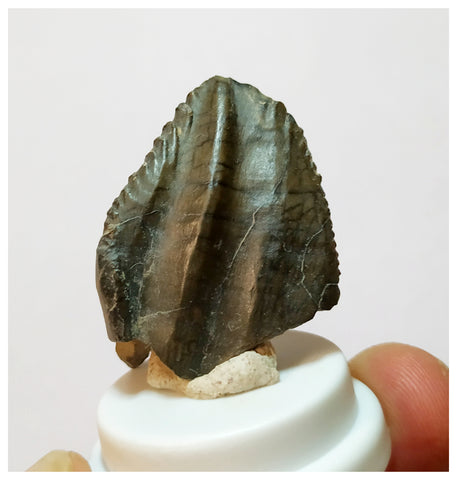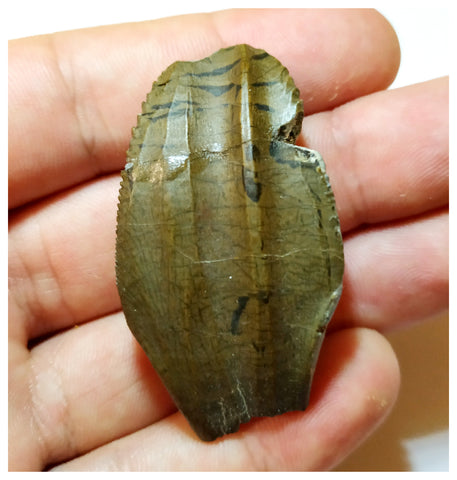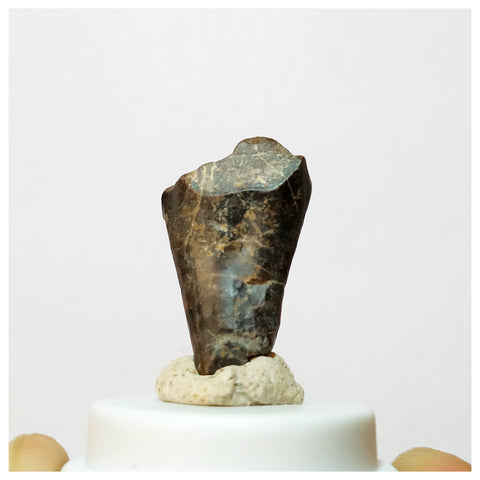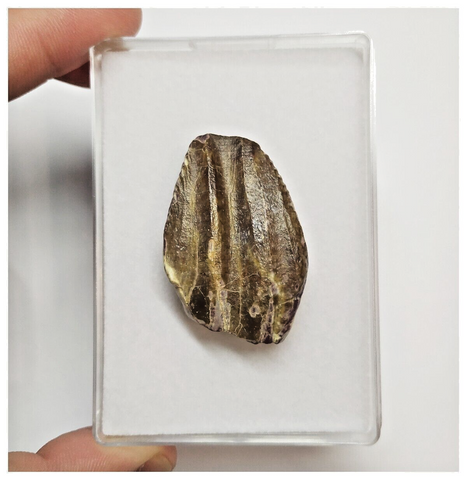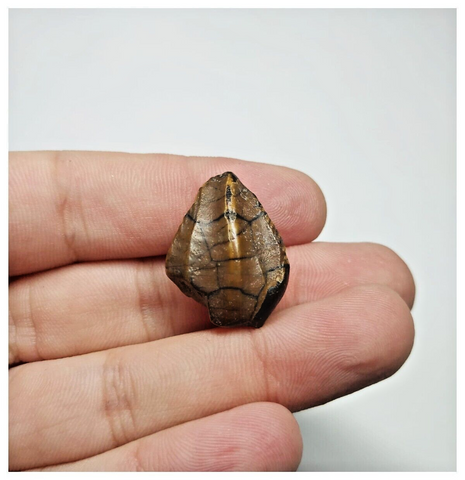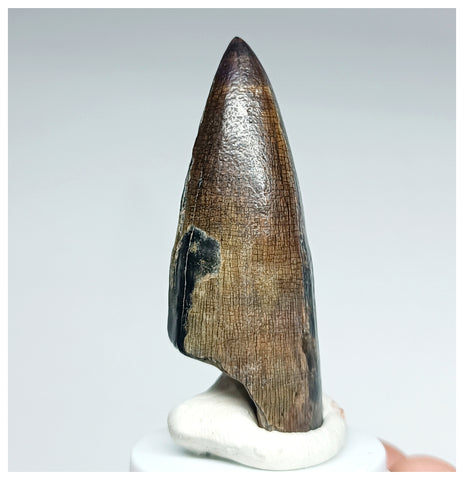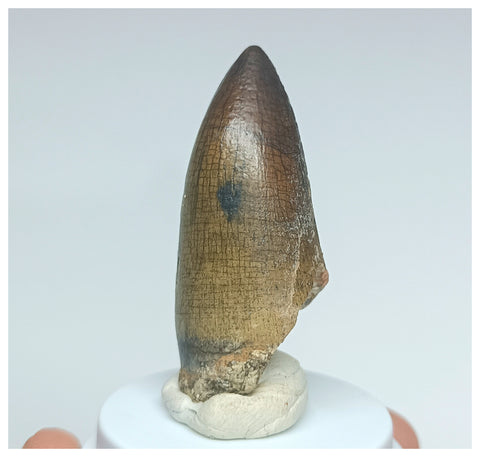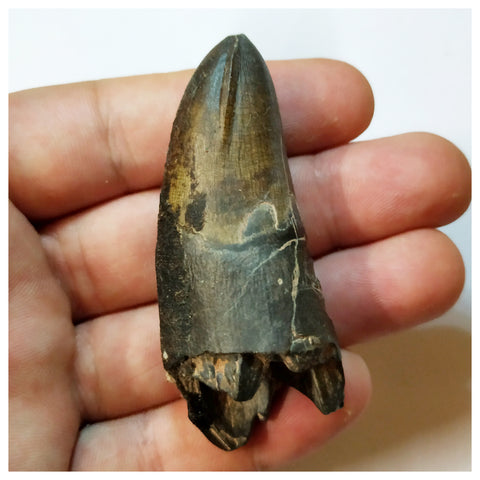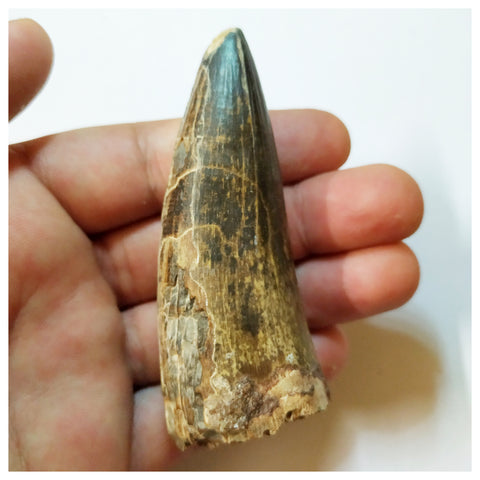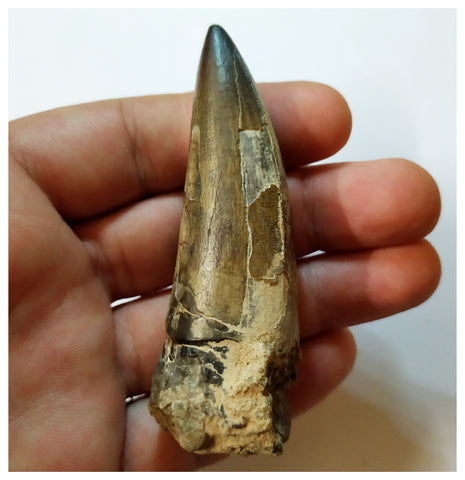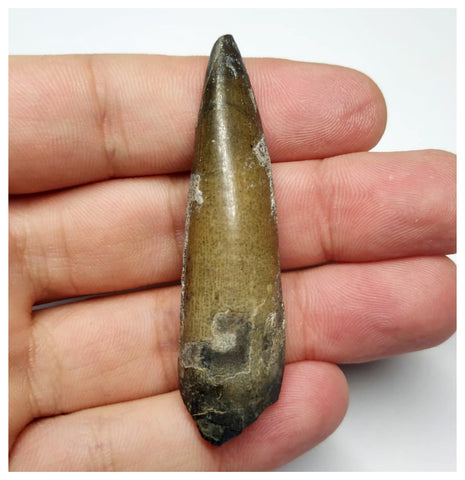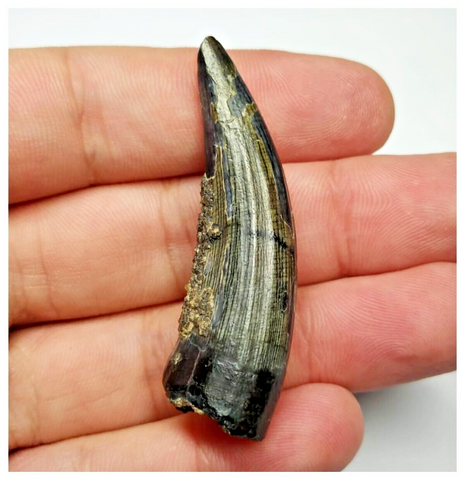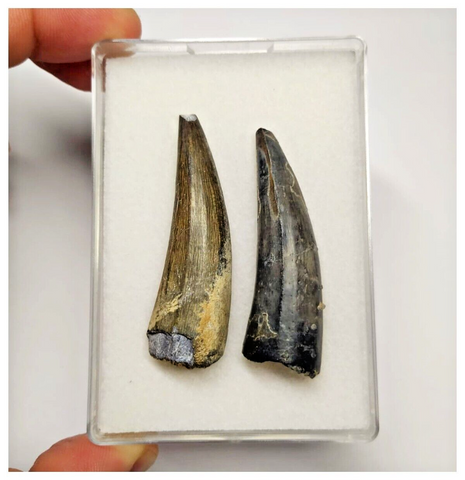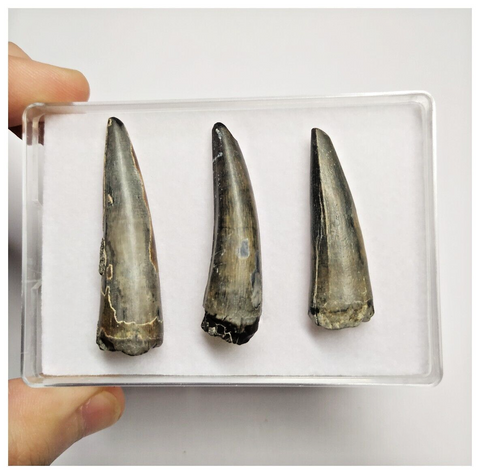Approximately 380 million years ago, the fish Dunkleosteus sowed terror in the Devonian seas. It belonged to a class of fish very common then, the "armored" fish, which had very hard scales, or part of their skeleton was very reinforced.
In the case of the Dunkleosteus its huge armored head was provided with teeth like blades that differed from the teeth of the current sharks. A uniform and solid mass was what served this fish to cut its prey.
Its fossils have been found in the United States, North Africa and Eastern Europe. As for its measurements we can guess that the largest specimens reached 10 meters of length, becoming undoubtedly the kings of the Devonian seas.
But there are more curious facts that we know with the latest research. Many remains of Dunkleosteus have marks of bites that did not heal and that were essentially fatal wounds. These marks coincide with the biting pattern of the Dunkleosteus themselves, which shows a cannibalistic behavior.

In addition, we know the approximate force of said bite, which has been calculated at approximately 5000 newtons; to have a reference, the current lion has a bite force of 4000 newtons.
It was assumed that the Dunkleosteus had a powerful but slow bite, however biomechanical studies indicate that its mandibular joints allowed for a fast and strong bite.
In conclusion we could say that bathing in the salty waters of the Devonian could seriously harm your health, unless that day Dunkleosteus had eaten with forceful.
Germán Z. López
This post can also be read in Spanish at our partner blog Made in Pangea.
Illustrations:
Photographs:
Field Museum archive.
Sources:
- J. J. Sepkoski. 2002. A compendium of fossil marine animal genera. Bulletins of American Paleontology 363:1-560.
- Newberry, J. S. (1873) Report of the Geol. Survey of Ohio, Vol. I.
- Michael C. Hansen (1994). Concretions: The "Ludus Helmontii" of the Ohio Shale. A Quarterly Publication of the Division of Geological Survey.
- Lehman, J. P., 1956, Les Arthrodires du devonien superieur du Tafilalet (sud marocain): Morocco Serv. Geol. Notes et Mem., no. 129: 1-70.
- Murphy, J. L. 1979 Brief Note: Stratigraphic significance of a Dunkleosteus plate from the Upper Riceville Shale. Ohio J. Sci. 79(5): 233-235.






